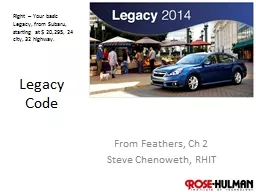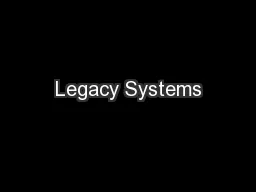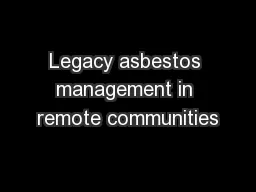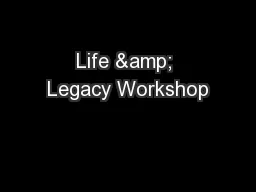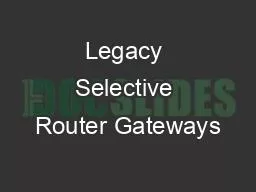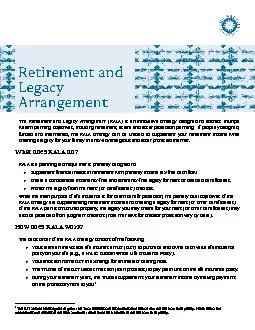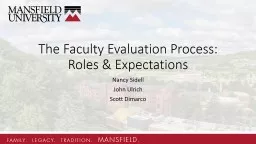PPT-Legacy Code From Feathers,
Author : luanne-stotts | Published Date : 2020-01-02
Legacy Code From Feathers Ch 2 Steve Chenoweth RHIT Right Your basic Legacy from Subaru starting at 20295 24 city 32 highway Were into Feathers now Below The
Presentation Embed Code
Download Presentation
Download Presentation The PPT/PDF document "Legacy Code From Feathers," is the property of its rightful owner. Permission is granted to download and print the materials on this website for personal, non-commercial use only, and to display it on your personal computer provided you do not modify the materials and that you retain all copyright notices contained in the materials. By downloading content from our website, you accept the terms of this agreement.
Legacy Code From Feathers,: Transcript
Download Rules Of Document
"Legacy Code From Feathers,"The content belongs to its owner. You may download and print it for personal use, without modification, and keep all copyright notices. By downloading, you agree to these terms.
Related Documents

